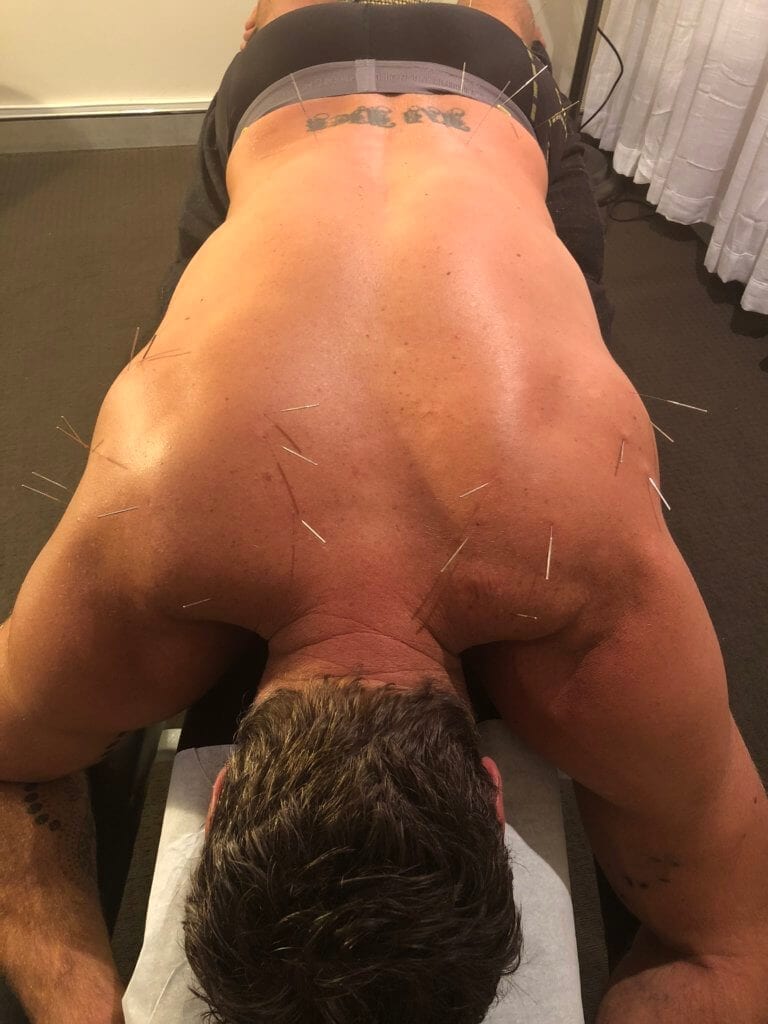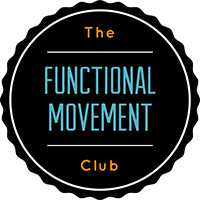Dry Needling
What is Dry Needling?
Dry needling involves inserting an acupuncture needle into a trigger point. A trigger point is a hyper irritable spot in the fascia surrounding skeletal muscle. They are associated with palpable nodules in taut bands of muscle fibres. They are often tender and feel painful when pressed or squeezed. These trigger points are related to the production and maintenance of the pain cycle.
Why Use Dry Needling?
Dry needling can be used for a variety of musculoskeletal problems. Conditions which respond to dry needling include: headaches, frozen shoulder, tennis elbow, carpal tunnel syndrome, golfer’s elbow, leg pain, hamstring strain, shin splints, muscle spasms, hip pain, knee pain etc.
How Dry Needling Works
When the Dry Needle inserts into the muscle. It acts on the motor endplate complex of the muscle fibre. (the part where the nerve meets the muscle). When this occurs a localised twitch response occurs ( a muscle spasm). The local twitch response helps reset the nerve impulse into the muscle and allows the muscle to relax. When the needle is inserted into the motor endplate. It stimulates the fight or flight part of your nervous system. The Fight or Flight response increases blood flow and speeds up the healing process. When the needle is left in for >7 mins it also induces and analgesic or pain killing effect.
Generally, what you will feel is a little pin prick as the needle is inserted. Then when the trigger point in the muscle is found it will illicit a twitch response (feels like a little muscle spasm). Which should cease as soon as the needle is left alone and the next needle is inserted. Patients can experience a slight heaviness or feeling similar to a “dead arm” post needling, this is part of the inflammation response we have created and indicates that the body has begun the healing process. — Glenn



